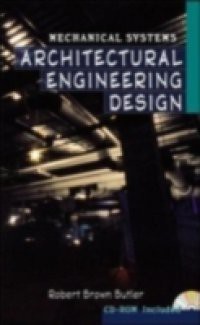Electronic Digital Computers: Their Use in Science and Engineering describes the principles underlying computer design and operation. This book describes the various applications of computers, the stages involved in using them, and their limitations. The machine is composed of the hardware which is run by a program. This text describes the use of magnetic drum for storage of data and some computing. The functions and components of the computer include automatic control, memory, input of instructions by using punched cards, and output from resulting information. Computers operate by using numbers represented by the binary system of 0 and 1. Earlier machines used numbers on wheels which were rotated to different positions, perforations in paper, or blackened spots on films. The computer can handle large numbers only to many numerical places: it does this by rounding off numbers "on the right," or by avoidance of numbers greater than the machine can handle "on the left." The book also addresses machine installation, management, and personnel requirements for trouble-free computing. Computer programmers, engineers, designers of industrial processes, and researchers involved in electrical, computer, or mechanical engineering will find this book informative.











